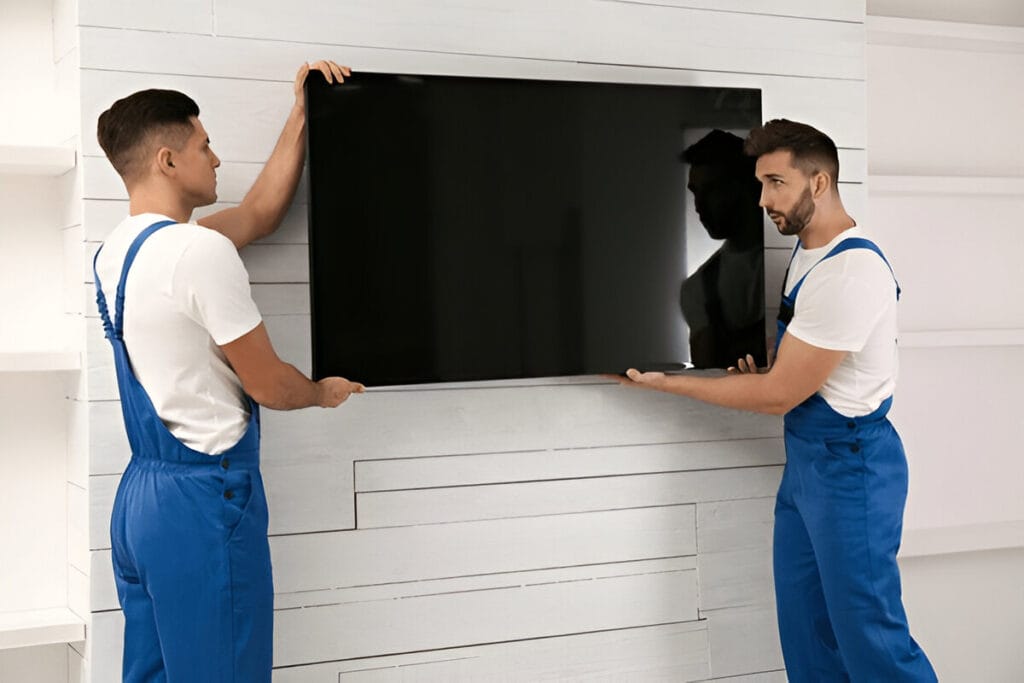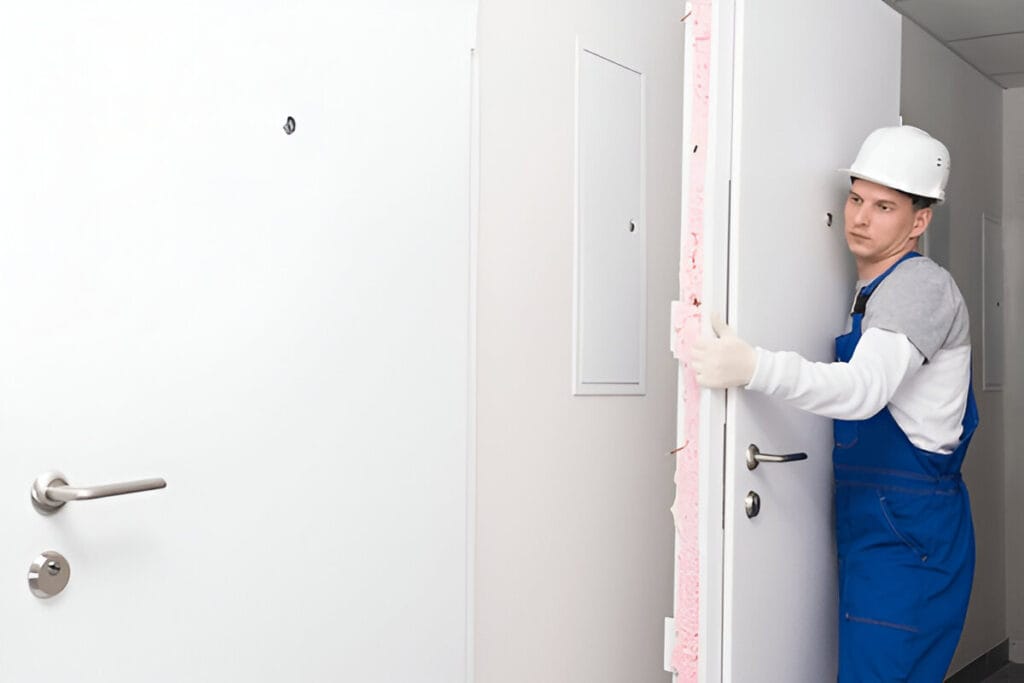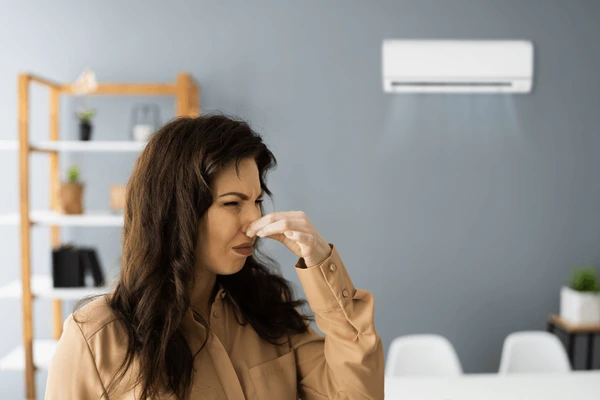TV Wall Mount Installation: The Key to a Better Viewing Experience
Mounting your TV on the wall is one of the best ways to modernize your living space while improving your viewing experience. A wall-mounted TV creates a sleek, space-saving look, eliminates clutter, and ensures the screen is positioned perfectly for comfort. However, achieving the ideal setup requires more than simply attaching your TV to the wall. Factors such as wall type, the weight of your TV, and cable management must all be carefully considered. That’s where ZZ the HandyMan comes in, offering professional TV wall mount installation services tailored to your specific needs. Why Choose TV Wall Mounting? A wall-mounted TV not only enhances the aesthetics of your home but also provides practical benefits that elevate your overall entertainment experience. 1. Space OptimizationBy mounting your TV on the wall, you free up valuable floor space that bulky TV stands or entertainment units typically occupy. This is especially beneficial for smaller rooms where space is at a premium. 2. Improved Viewing AnglesWall-mounted TVs can be adjusted to sit at the perfect height and angle for comfortable viewing. This reduces neck strain and ensures an immersive experience. 3. Enhanced SafetyFor households with kids or pets, wall mounting minimizes the risk of accidents by keeping the TV out of reach. Proper installation ensures your TV is securely fastened, giving you peace of mind. 4. Clean, Modern LookA mounted TV creates a sleek, clutter-free appearance. Combined with hidden or neatly managed cables, it adds a touch of modernity to your space. The Role of ZZ the HandyMan in TV Wall Mount Installation While wall mounting a TV might seem like a straightforward task, there are many nuances that can turn it into a challenge. From selecting the right mount to securely attaching it to the wall, every step requires precision and expertise. That’s where ZZ the HandyMan makes a difference. 1. Expert AssessmentThe team at ZZ the HandyMan starts by assessing your wall type—be it drywall, brick, or concrete—and identifying the best mounting approach. This ensures that your TV is securely anchored and won’t risk damage or instability. 2. Customized SolutionsEvery home and TV setup is unique. Whether you need a fixed mount for a streamlined look, a tilt mount for a high-positioned TV, or a full-motion mount for maximum flexibility, ZZ the HandyMan helps you choose the right option based on your preferences and room layout. 3. Seamless InstallationFrom marking the ideal height to aligning the brackets and securing the TV, ZZ the HandyMan handles every step of the installation process with care. We also ensure that the TV is perfectly leveled and securely mounted, leaving no room for error. 4. Cable ManagementA major challenge in TV wall mounting is dealing with cables. At ZZ the HandyMan, we specialize in organizing and concealing cables to give your setup a clean, professional appearance. Whether it’s routing wires through the wall or using external cable covers, we prioritize aesthetics and functionality. 5. Safety FirstSafety is a top priority for ZZ the HandyMan. We use high-quality mounting hardware and follow industry best practices to ensure your TV remains secure. You can trust us to install your TV with the utmost care and attention to detail. The Steps in TV Wall Mount Installation When you hire ZZ the HandyMan, here’s how the process unfolds: 1. Initial AssessmentWe evaluate your wall structure and TV specifications to determine the right mounting solution. 2. Choosing the MountBased on your TV size, weight, and desired functionality, we recommend and provide the appropriate wall mount. 3. Precise MeasurementsWe carefully measure and mark the wall to ensure the TV is positioned at the optimal height and angle. 4. Installing the BracketThe mounting bracket is securely attached to the wall using the right tools and anchors to support the TV’s weight. 5. Mounting the TVThe TV is attached to the bracket, and adjustments are made to ensure it’s level and stable. 6. Cable ManagementWires are neatly arranged or hidden for a polished look, completing your setup. 7. Testing and Final TouchesWe test the stability of the installation and ensure that everything works perfectly before wrapping up the project. Why Hire ZZ the HandyMan? ZZ the HandyMan brings experience, reliability, and professionalism to every job. Here’s why we’re the best choice for your TV wall mount installation: Expertise: With years of experience, our team knows how to handle all types of TVs, mounts, and wall structures. Attention to Detail: We take the time to get every detail right, ensuring a flawless installation. Affordable Rates: Quality doesn’t have to come at a high price. We offer competitive pricing without compromising on service. Customer Satisfaction: Your satisfaction is our top priority. We go the extra mile to ensure you’re happy with the result. Call ZZ the HandyMan Today! Transform your living space with a professionally mounted TV from ZZ the HandyMan. Whether you need a new installation or want to upgrade your existing setup, our team is ready to help. Don’t risk a DIY disaster—contact ZZ the HandyMan today and let us handle your TV wall mount installation with precision and care. Call now or visit our website to schedule your service and elevate your home entertainment experience!
TV Wall Mount Installation: The Key to a Better Viewing Experience Read More »





